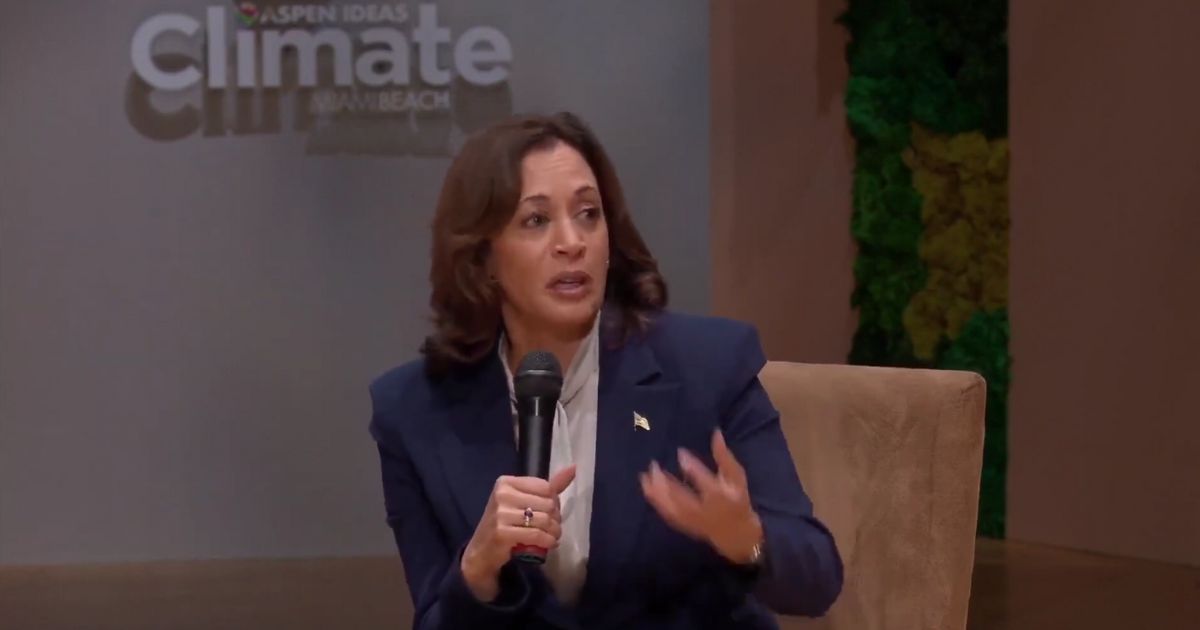Local Officer Fired First In Trump Shooter Incident, Secret Service Delivers Fatal Shot
A Pennsylvania police officer's swift action played a crucial role in thwarting an assassination attempt on former President Donald Trump, according to recent testimony.
Fox News reported that Sgt. Edward Lenz, commander of the Butler County Emergency Services Unit (ESU), provided this information during a hearing before the House Trump Assassination Attempt Task Force.
Lenz testified that a local operator from Butler County ESU fired a shot at the shooter, Thomas Crooks, causing him to momentarily recoil and fall out of sight. This action occurred less than six seconds after Crooks began shooting from a distance of approximately 110 yards.
Local Law Enforcement's Quick Response To Threat
The testimony revealed that Butler County ESU had deployed 44 personnel for the event, exceeding the number requested by the Secret Service.
However, Lenz clarified that his team was not tasked with securing the AGR complex or its surrounding perimeter during the planning process.
A member of the quick response force noticed several suspicious individuals in the area, one of whom turned out to be the shooter. A Beaver County sniper captured photos of the suspicious male near the AGR building, including an image of the shooter using a range finder pointing toward the stage.
This information was reported to the Pennsylvania State Police approximately one hour and one minute before Crooks began his attack, according to previous FBI statements.
Secret Service's Fatal Shot And Subsequent Investigation
Following the local officer's initial shot, a Secret Service counter-sniper fired the fatal round that neutralized Crooks on the roof of the AGR building. The FBI had previously stated that this occurred approximately 15.5 seconds after Crooks began shooting.
FBI Pittsburgh Special Agent in Charge Kevin Rojek noted in August that there was no forensic evidence indicating that the local officer's round had struck either Crooks or his rifle.
Lenz said:
Across the two counter assault teams, the quick reaction force, three sniper teams and support personnel, we provided total manpower of 44 persons, exceeding the number requested by the Secret Service. At no point during the planning process was Butler County ESU asked to secure the AGR complex, nor the perimeter surrounding that area. At no point during the planning process was Butler ESU asked to deploy a sniper team to the roof of the AGR complex.
Congressional Task Force Examines Security Failures
The Task Force hearing included testimony from three local Pennsylvania law enforcement officials, the medical examiner who conducted Crooks' autopsy, and a retired Secret Service agent. Witnesses suggested that the Secret Service's lack of direction to local agencies contributed to the security failures that allowed Crooks to position himself on a nearby rooftop.
Rep. Mike Kelly, R-Penn., the Task Force Chairman, questioned the decision to allow Trump to take the stage despite the reported presence of a suspicious person in the area.
Meanwhile, Ranking Member Rep. Jason Crow, D-Colo., acknowledged the Secret Service's failure on July 13 but also highlighted the agency's increasing responsibilities since taking over full-time presidential protection in 1902.
Acting Secret Service Director Ronald Rowe responded to the hearing with a statement, thanking Congress for addressing some of the agency's immediate needs in the current heightened threat environment. He expressed gratitude for the short-term funding that will enhance security measures in the coming months.
Details Of The Assassination Attempt And Aftermath
The assassination attempt occurred during a Trump rally in Butler, Pennsylvania. Crooks, a 20-year-old, managed to position himself on the roof of the AGR building with a direct line of sight to the former president.
FBI Director Christopher Wray had previously testified that Crooks had been present at the rally site for about 70 minutes on the morning of the assassination attempt. Investigators later found eight casings on the roof where Crooks had fired from.
The shooting resulted in Trump being struck in the ear and the death of rally attendee Corey Comperatore. Two other attendees, David Dutch and James Copenhaver, were critically wounded by Crooks' gunfire.
Conclusion
The testimony of Sgt. Edward Lenz highlighted the critical role played by local law enforcement in thwarting the assassination attempt on former President Trump. The incident exposed security failures and coordination issues between local agencies and the Secret Service. The congressional task force continues to investigate the events of July 13, seeking to improve security measures for future high-profile events.




